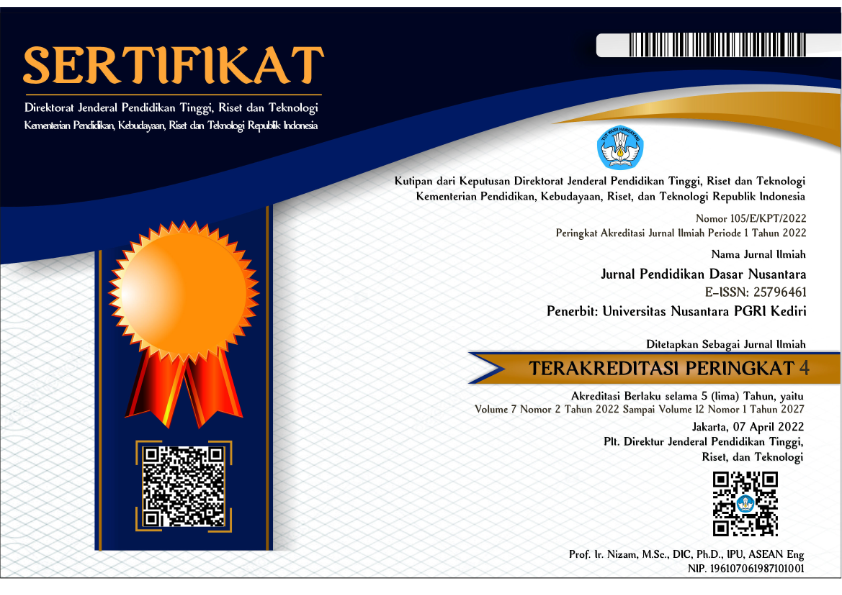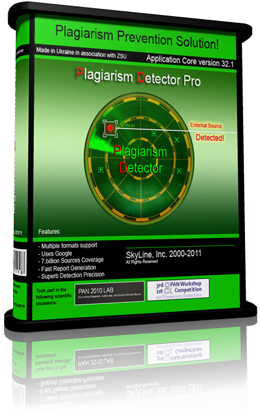PENGEMBANGAN BAHAN AJAR MENDENGARKAN CERITA ANAK UNTUK SEKOLAH DASAR KELAS TINGGI
DOI:
https://doi.org/10.29407/jpdn.v1i1.151Abstract
Abstract : teaching materials listen to stories of children in primary school is only fitting must be adapted to the characteristics of the students and also originated from the contextual issues. This research aims to produce teaching materials in the form of an ideal textbook contains material, training, evaluation, and reflection that include interactive multimedia and aims to describe the feasibility of the level of validity, practicality, the attractiveness and effectiveness of teaching materials products. The study design is used to adapt the development of research procedures Research and Development (R & D) Borg and Gall. Results of the research is the development of teaching materials in the form of the contents in accordance with the basic competence intended. Systematic teaching material is presented in three activities, namely the initial activity, core activities, and activities end. Variety of language presented in theory, texts, exercises, and reflection that uses logical and simple language. In terms of appearance, the letters in the title of each class using four combinations of fonts. In the interactive multimedia type and size of letters using three combinations are combined in the title. The conclusion of this study is developed teaching materials that can be used as a guide for teachers in learning to listen to stories of children in the classroom.
Keyword : teaching materials, listening , children's story.
Downloads
Downloads
Published
Issue
Section
License
Authors who publish with this journal agree to the following terms:
- Copyright on any article is retained by the author(s).
- The author grants the journal, the right of first publication with the work simultaneously licensed under a Creative Commons Attribution License that allows others to share the work with an acknowledgment of the work’s authorship and initial publication in this journal.
- Authors are able to enter into separate, additional contractual arrangements for the non-exclusive distribution of the journal’s published version of the work (e.g., post it to an institutional repository or publish it in a book), with an acknowledgment of its initial publication in this journal.
- Authors are permitted and encouraged to post their work online (e.g., in institutional repositories or on their website) prior to and during the submission process, as it can lead to productive exchanges, as well as earlier and greater citation of published work.
- The article and any associated published material is distributed under the Creative Commons Attribution-ShareAlike 4.0 International License

































